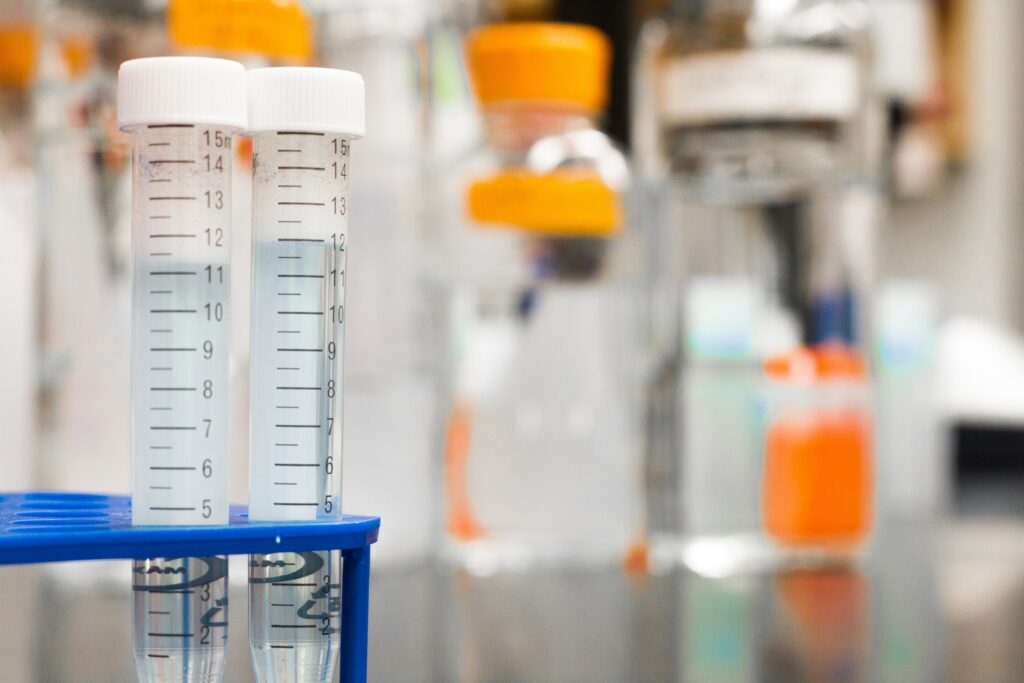Water is an important resource for life, and its availability is critical for many businesses, including agriculture, building, and mining. Locating water sources correctly and efficiently has long piqued the interest of scientists and engineers.
Water finding paste is one tool that has proven to be useful in this attempt. This unique material is important in detecting the existence of subsurface water, but how does it work?
In this post, we will look at the science of water finding paste and its mechanics. By the end, you will have a thorough understanding of this critical instrument and the science behind it.
What is Water Finding Paste?
Water finding paste, often known as water detection paste or simply “water paste,” is a useful technique for detecting the presence of water in a variety of containers, including fuel tanks, oil wells, and storage tanks. It is a go-to solution for anyone looking for a simple and dependable way to evaluate whether a liquid is contaminated with water.
Water finding paste is an important technique used in a variety of sectors to identify the presence of water in tanks or storage systems. This straightforward yet powerful medication contains active components that react with water, making it easy to identify.
Historical Background of Water Finding Paste
The origins of water finding paste may be traced back to the early 20th century, when it was created to meet the growing demand for a practical solution to detect water in fuels. Initially, the paste was prepared with simple components like soap and pigment.
Finding water sources was a difficult process prior to the introduction of contemporary technologies such as electronic devices and improved drilling techniques. However, ancient civilizations had a variety of methods for locating water, and water finding paste proved to be a significant aid in this endeavor.
Advances in chemistry and technology have resulted in the creation of more complex water finding pastes that rely on chemical reactions for detection. Water finding paste is now widely utilized in a variety of industries and has become an indispensable tool for many professionals.
Water finding paste typically comprises a combination of different substances carefully chosen for their ability to react with water. Although specific formulations may vary, common ingredients include a dye, such as phenolphthalein, and a surfactant, such as soap or detergent. These ingredients work together to create a visible reaction when in contact with water, making it easy to identify the presence of this unwanted substance.
How Does Water Finding Paste Work?
It is critical to first analyze the composition of water finding paste in order to understand how it works. Water detection paste is often composed of a chemical mixture that undergoes a certain reaction when it comes into contact with water. A pH indicator, which changes color in the presence of water, dye compounds for additional visibility, and a binder to hold the paste together are common ingredients in these chemicals.
Water finding paste works on a simple principle: when it comes into contact with water, it produces a visible reaction. The presence of water is often indicated by a change in hue. This color shift is caused by a chemical reaction between the water and the paste’s constituents.
When applied to a surface or immersed in a liquid, the water finding paste instantly reacts with any water present. The paste absorbs the water, triggering a chemical reaction within its structure. As a result, the pH indicator makes a significant shift, resulting in a color change that is plainly visible to the naked eye.
The color shift is an important feature of water locating paste since it indicates the presence and location of water. The color shift can vary depending on the brand and content of the paste. However, it is usual for the paste to change from its original color to a bright and contrasting tint, making identification easier even in complex situations.
The adaptability of water finding paste in many sectors is a key advantage. This paste is commonly used in plumbing to identify leaks and detect the presence of water in pipes and fittings. Plumbers can easily identify the exact site of a leak by applying the paste to suspected areas, saving time and effort when addressing the problem.
The future of water finding technologies is bright. Researchers are investigating improved materials and strategies to improve the sensitivity, dependability, and versatility of water detection systems.
While water locating paste is an important tool, it should not be regarded as a permanent solution for repairing leaks or preventing water damage. Instead, it serves as the first stage in the detection process, allowing professionals or homeowners to concentrate on correcting the issue.
Water finding paste is a scientific breakthrough that has transformed the way we detect water in a variety of industrial contexts. We obtained insight into the inner workings of this extraordinary gadget by knowing its composition, the principles of water detection, and the chemical interactions involved. While water finding paste has limits, it is nonetheless commonly used because of its effectiveness and dependability. We should expect even more inventive water detection systems to emerge as technology advances, greatly improving our ability to detect and avoid water-related issues. We are better able to grasp the science underlying water finding paste and its critical function in protecting the integrity of our equipment and processes now that we have read this article.
For free consultation about your product needs feel free to contact us at https://metalchem.com/contact/ or email us at or********@gm***.com
FAQ
Microbial Test Kits: Revolutionizing Microbiology Testing
Introduction to Microbial Testing: Guide to What is Microbial Testing



